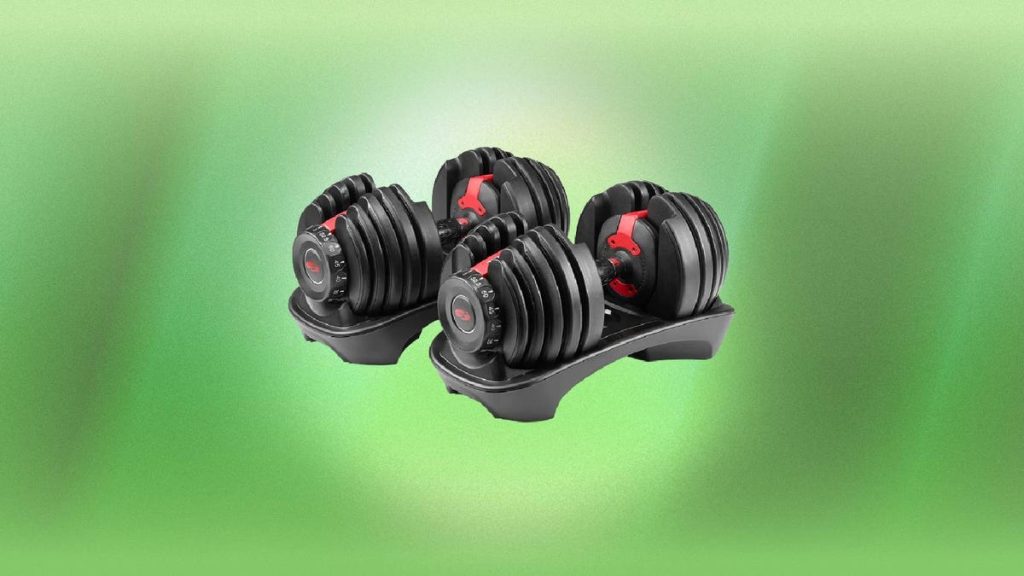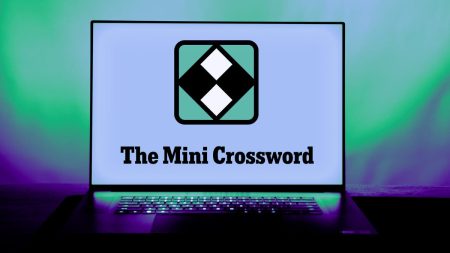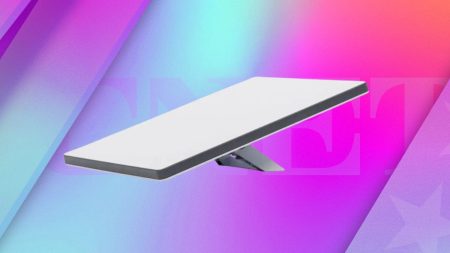Essential Home Gym Equipment for All Fitness Levels:
A well-equipped home gym can cater to individuals of varying fitness levels, offering the convenience and privacy of exercising at home. Whether you are a beginner taking your first steps towards a healthier lifestyle or an experienced fitness enthusiast seeking to enhance your training regimen, selecting the appropriate equipment is crucial. This comprehensive guide delves into the essential tools that can transform your home into a personalized fitness sanctuary.
Bodyweight Training and Flexibility:
Suspension trainers are versatile tools suitable for both beginners and experienced exercisers. By adjusting the straps and utilizing body weight, one can modify the difficulty of various exercises. Beginners can use suspension trainers for support during squats, lunges, and inverted rows, while experienced users can elevate their upper body workouts with push-ups, tricep presses, bicep curls, and even inversions. Adding kettlebells or dumbbells further intensifies the challenge. A yoga mat is another fundamental piece of equipment, providing a comfortable surface for bodyweight exercises, stretching, Pilates, and yoga. Factors to consider when choosing a yoga mat include thickness, material, texture, and size. A jump rope is a compact and portable tool for cardio and circuit training, either indoors or outdoors. Choosing the right jump rope involves considering handle comfort, rope length, and weight, with heavier ropes offering greater resistance.
Strength Training Essentials:
Kettlebells offer a unique alternative to dumbbells, engaging multiple muscle groups simultaneously and improving core stability. Their design ensures even weight distribution in the hand, unlike dumbbells. Selecting a kettlebell with a good grip is essential to maintain a secure hold during exercises like squats, deadlifts, overhead presses, and core work. They can also be incorporated into dynamic cardio routines like kettlebell swings, cleans, and snatches. Dumbbells are a mainstay in strength training, and owning multiple pairs in varying weights allows for progressive overload and targeted muscle development. Alternatively, adjustable dumbbells offer a space-saving solution with a range of weight options. Resistance bands are versatile tools for strength training and warm-ups, available in various resistance levels, materials, and lengths. Fabric resistance bands are generally more durable than rubber ones. An adjustable weight bench complements dumbbells, providing support for exercises like chest presses, rows, and tricep dips. Stability, adjustability, and padding comfort are crucial factors when choosing a weight bench.
Power and Explosive Training:
Medicine balls, weighted leather-bound balls, are excellent tools for developing power and explosive strength. Choosing the appropriate weight depends on the intended use, as medicine balls are commonly used for exercises like wall balls, ball slams, and med ball chops. These movements require manageable weight for speed and control, yet challenging enough to stimulate muscle growth.
Cardiovascular Training Equipment:
Cardio equipment provides a dedicated space for cardiovascular exercise at home. Options include indoor bikes, treadmills, rowers, and ellipticals. To avoid monotony, users can create interval training circuits incorporating sprints, rest periods, and bodyweight or weight-bearing exercises.
Choosing the Right Equipment Based on Fitness Level:
Beginners benefit from equipment that provides support and allows for modifications. This includes suspension trainers for assisted bodyweight exercises, yoga mats for stretching and core work, and lighter resistance bands for building initial strength. Intermediate exercisers can utilize a wider range of equipment, including kettlebells, dumbbells, and heavier resistance bands. Incorporating cardio equipment and medicine balls can further enhance their workouts. Advanced individuals can challenge themselves with heavier weights, advanced suspension trainer exercises, and plyometric movements with medicine balls. Regardless of fitness level, proper form and technique are crucial when using any exercise equipment. Consulting with a personal trainer or fitness professional can ensure safe and effective exercise execution.
Building a Comprehensive Home Gym:
Creating a home gym doesn’t require a large space or extensive investment. Start with essential items like a yoga mat, resistance bands, and a jump rope. As fitness progresses, gradually add equipment like dumbbells, kettlebells, and a suspension trainer. Consider space availability, budget, and personal fitness goals when selecting equipment. Prioritize quality over quantity and choose items that align with your preferred workout style. Organize the gym space efficiently for seamless transitions between exercises and equipment use.
Conclusion:
A well-equipped home gym can empower individuals to pursue their fitness goals conveniently and effectively. By carefully selecting appropriate equipment, considering individual fitness levels, and prioritizing proper form, you can transform your home into a personalized fitness haven that caters to your specific needs and aspirations. Remember to consult with a fitness professional for personalized guidance and to ensure safe and effective exercise execution.










